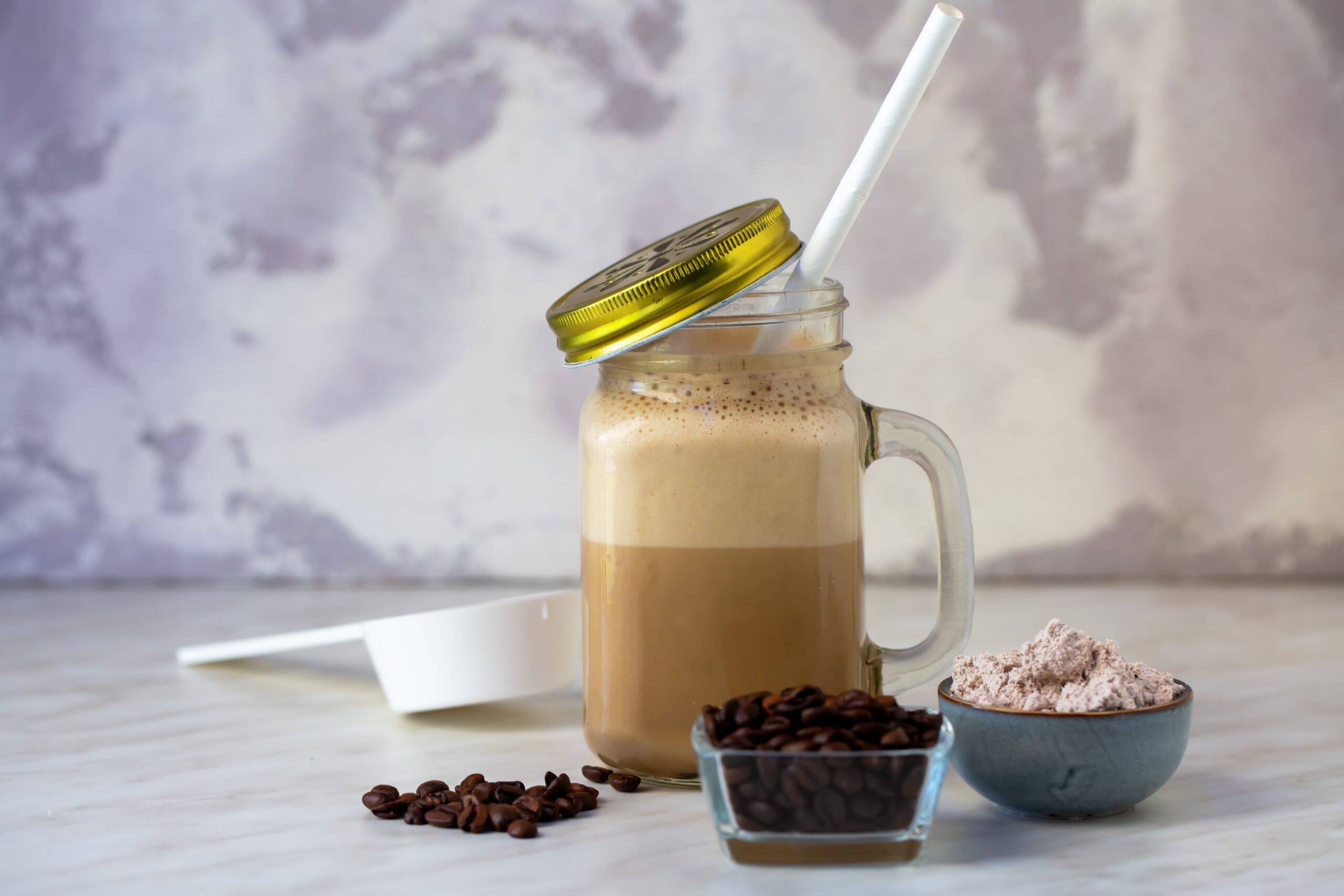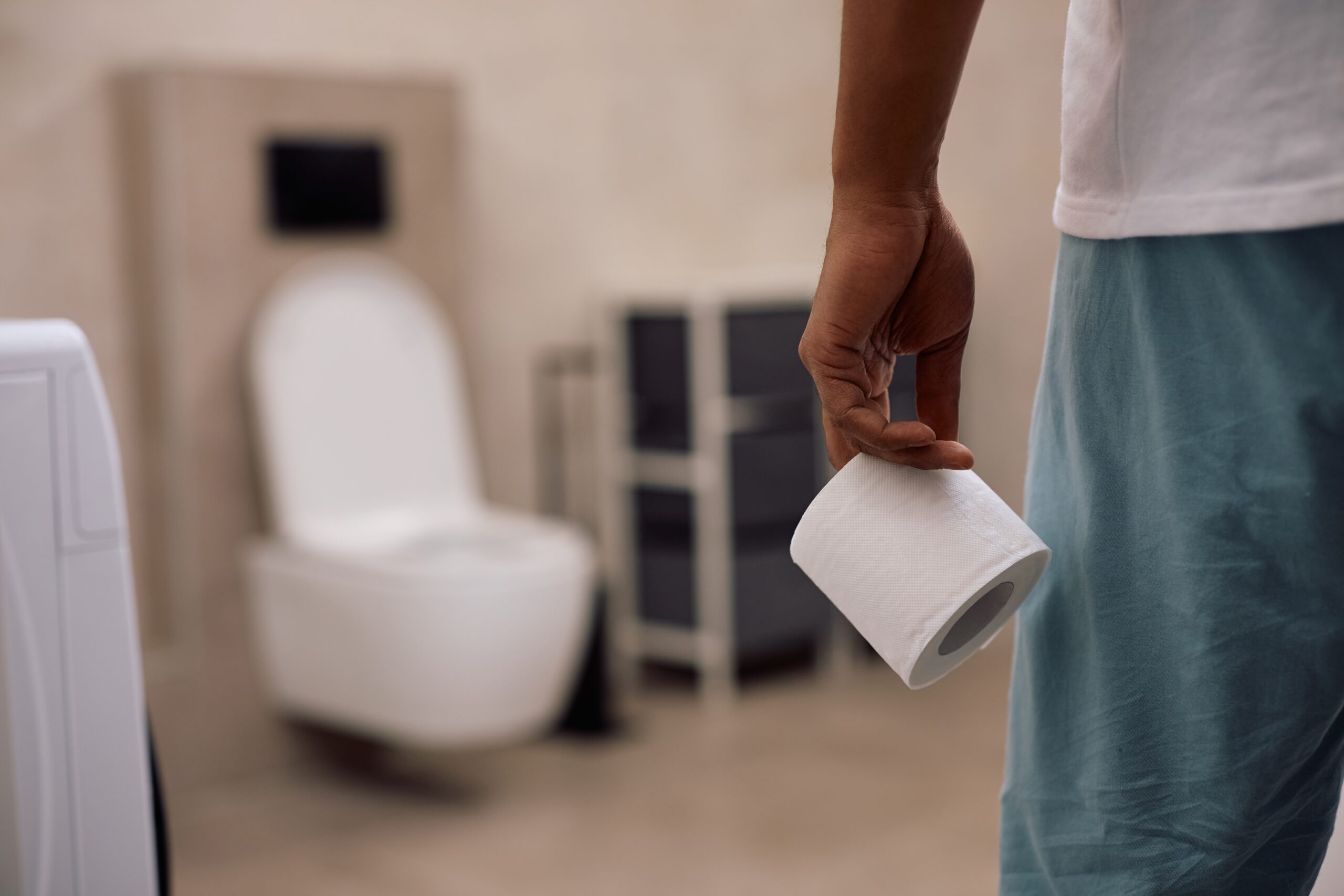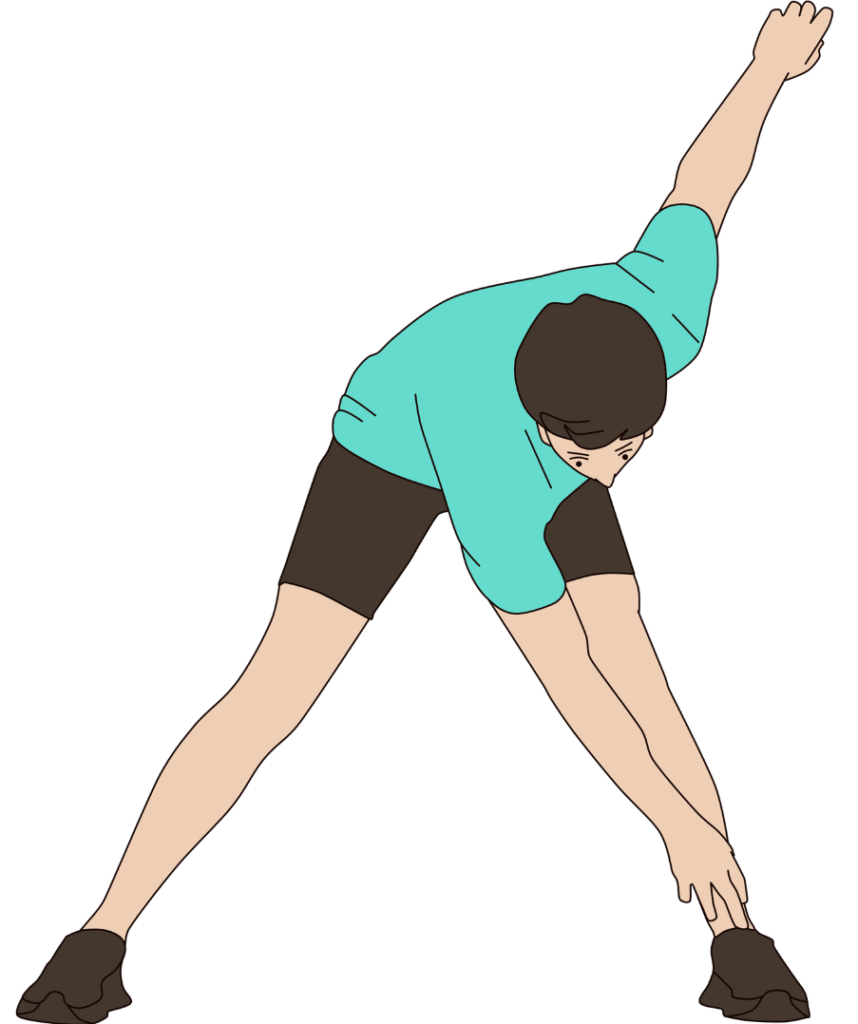If a simple, edible bead made from green tea could help millions shed weight without drugs or surgery, would you want to know if it works?
Story Snapshot
- Green tea microbeads engineered to trap dietary fat show dramatic weight loss in rats.
- Microbeads use only food-grade ingredients: green tea polyphenols, vitamin E, and seaweed alginate.
- No gastrointestinal side effects observed, marking a key difference from existing fat-blocking drugs.
- Human trials are still needed, but experts call the approach a potential breakthrough.
Green Tea Microbeads: A Radical Rethink for Weight Loss
Researchers at Sichuan University have created edible microbeads that may rewrite the rules of weight loss. These tiny spheres, made from green tea polyphenols, vitamin E, and seaweed-derived alginate, work by binding dietary fats in the gut so they can’t be absorbed. In a 30-day preclinical study, rats fed a high-fat diet and given these microbeads lost about 17% of their body weight, with notable improvements in liver health and blood fat levels. The microbeads are designed to offer a gentler, noninvasive alternative to drugs and surgery.
Unlike pharmaceuticals like orlistat—which block fat but often cause digestive distress—these microbeads rely on familiar, food-based ingredients. The green tea polyphenols act as antioxidants, alginate forms the bead structure, and vitamin E protects both the bead and the gut. The beads pass through the digestive tract, trapping fats without causing diarrhea or other unpleasant effects seen with traditional drugs. In the rat study, researchers observed no gastrointestinal side effects, making this approach especially appealing for those wary of current fat-blocking options.
Obesity’s Challenge: Why Innovation Matters
Obesity remains a relentless global crisis, afflicting nearly 890 million adults and ranking as the fourth leading cause of death worldwide. Conventional treatments—ranging from lifestyle changes to pharmaceuticals and bariatric surgery—carry drawbacks. Weight-loss drugs like orlistat can lead to diarrhea and even liver or kidney complications. GLP-1 agonists, a newer class of drugs, are expensive and typically require injections. Surgery is invasive, costly, and not accessible for many. These limitations have fueled demand for safer, cheaper, and easier interventions, especially as obesity-related illnesses like diabetes, heart disease, and cancer continue to surge.
Food science and biomaterials have rapidly advanced, allowing researchers to imagine interventions that work directly in the gut. The Sichuan team’s approach leverages the ability of alginate to form beads and the fat-binding power of green tea compounds, creating a product that is both effective and safe in animal models. The beads could one day be added to foods, drinks, or supplements, opening doors for everyday use and potentially shifting how society manages weight on a massive scale.
Stakeholders and the Road to Human Trials
The Sichuan University research team, led by graduate student Yue Wu, presented their findings at the American Chemical Society’s Fall 2025 Digital Meeting. Their results, published in the journal Cell Biomaterials, quickly caught the attention of both scientific peers and the wider media. Regulatory bodies like the FDA, which have already approved the ingredients for food use, will need to evaluate the safety and efficacy of the microbeads in humans before they reach consumers. The researchers emphasize that while rat results are promising, human trials are essential to confirm both effectiveness and safety.
The scientific community sees promise but remains cautious. Experts highlight the innovation in using food-grade materials to trap fat without drug side effects. Some voices urge skepticism: animal studies do not always translate to human success, and questions remain about scalability, long-term safety, and regulatory hurdles. Nevertheless, industry observers consider the microbeads a potential breakthrough, with the possibility to disrupt pharmaceutical approaches and redefine standards for obesity treatment.
Potential Impact and What Comes Next
If human trials replicate the success seen in rats, green tea microbeads could revolutionize how obesity is treated. Their food-based composition and gentle mechanism could make them accessible to millions, reduce healthcare costs, and shift strategies toward preventive, dietary-based solutions. Healthcare providers may gain a new tool for patients unwilling or unable to take drugs or undergo surgery. Pharmaceutical companies may be compelled to innovate or collaborate, while food technology and nutraceutical sectors could see a surge in investment.
For now, the science remains at a crossroads. The microbeads have passed their first major test in rats, but only time, rigorous human studies, and careful regulatory review will determine if this food-based approach can deliver on its promise. Optimists see a future where weight loss is as simple as adding a supplement to your breakfast, while skeptics warn of the many hurdles yet to clear. As the world waits for the next phase of research, the story of green tea microbeads stands as a vivid example of how food science and medical innovation may finally converge to tackle one of society’s most stubborn problems.
Sources:
ACS Press Release: Fat-Trapping Microbeads Provide Drug-Free Weight Loss in Rats
Fox News: Fat-blocking green tea microbeads show promise for weight loss in new study
AOL: Fat-blocking green tea microbeads show promise for weight loss in new study
Earth.com: Fat-soaking microbeads could be the next weight-loss breakthrough








